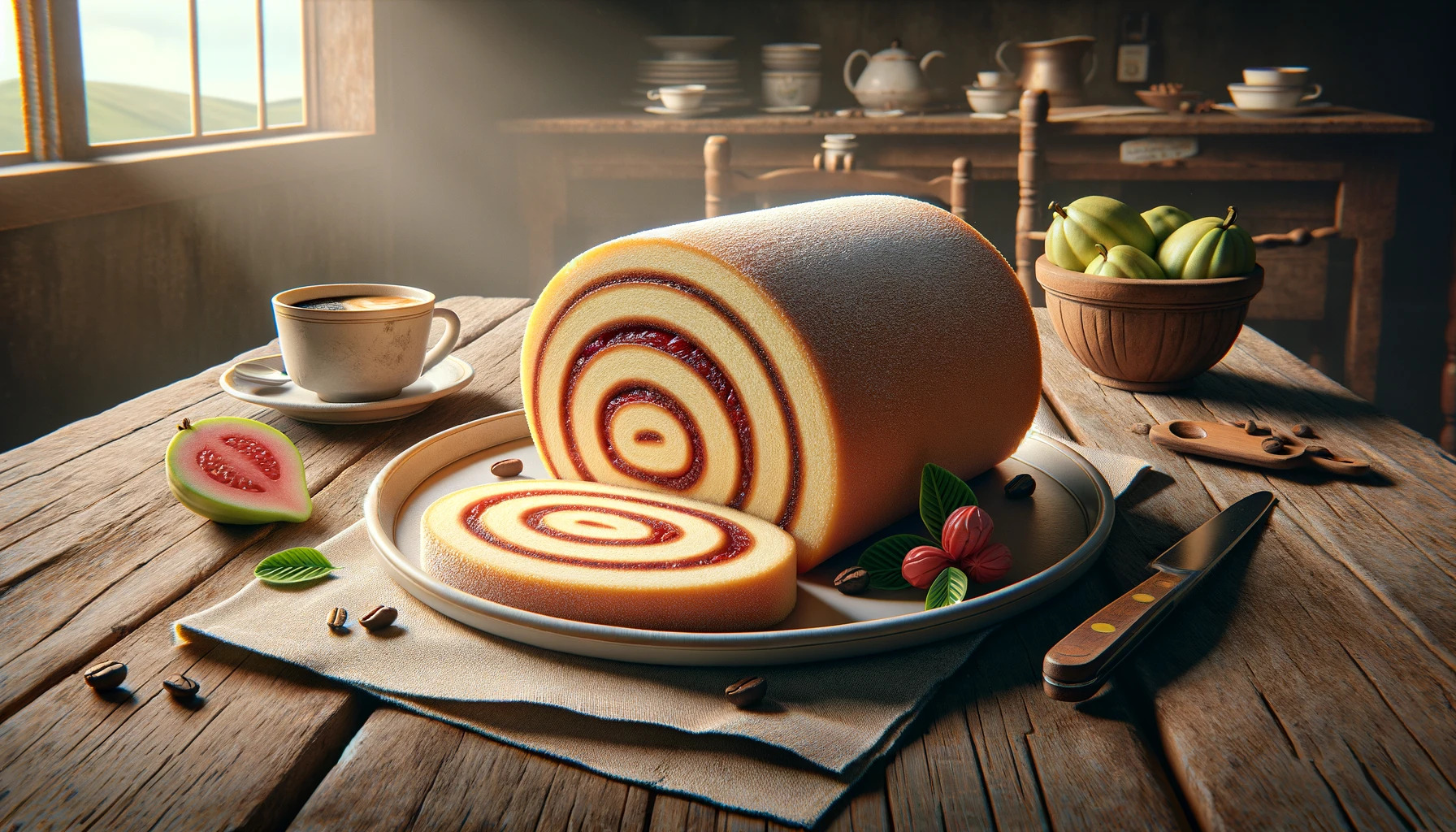

Eating
Bolo de Rolo: Brazil’s Signature Cake
Modified: February 21, 2024
Discover the art of making Bolo de Rolo, a traditional Brazilian roll cake with thin layers and sweet guava filling, in this detailed guide.
(Many of the links in this article redirect to a specific reviewed product. Your purchase of these products through affiliate links helps to generate commission for Simplelivingeating.com, at no extra cost. Learn more)
Table of Contents
In the rich tapestry of Brazilian cuisine, the Bolo de Rolo stands out as a unique and delightful dessert. Originating from the northeastern state of Pernambuco, this exquisite roll cake is a testament to the creativity and culinary finesse of Brazilian cooks. Unlike any ordinary cake, the Bolo de Rolo is a marvel of thin layers of sponge cake rolled with a sweet guava filling, offering a harmonious blend of textures and flavors that dance on the palate. This article will guide you through the journey of creating your own Bolo de Rolo, from gathering ingredients to the final presentation.
Ingredients
To embark on this culinary adventure, you will need the following:
Cake Batter:
- 4 large eggs, separated
- 1 cup of granulated sugar
- 1 cup of all-purpose flour
- 1/4 cup of unsalted butter, melted
- A pinch of salt
Filling:
- 2 cups of guava paste
- 1/4 cup of water
Gathering these ingredients is the first step toward creating a masterpiece that will transport you to the heart of Brazil with every bite.
Instructions
Follow these steps meticulously to achieve the perfect Bolo de Rolo:
- Preheat your oven to 180°C (350°F) and line a large baking sheet with parchment paper.
- Beat the egg whites until stiff peaks form, gradually adding half the sugar.
- In another bowl, cream the egg yolks with the remaining sugar until light and fluffy.
- Fold the egg yolk mixture into the egg whites gently, ensuring not to deflate the mixture.
- Sift the flour and salt together and fold into the egg mixture, then incorporate the melted butter.
- Spread the batter thinly over the prepared baking sheet, creating an even layer.
- Bake for about 5-7 minutes, or until the sponge cake is lightly golden and springs back to the touch.
- Prepare the filling by melting guava paste with water over low heat, stirring until smooth.
- Assemble the cake by spreading a thin layer of guava filling over the sponge cake, then rolling it tightly while still warm.
- Repeat the baking and rolling process with the remaining batter and filling, layering each new roll onto the last to form a log.
- Chill the Bolo de Rolo in the refrigerator for at least 2 hours to set.
Tips
- Thin Layers: The key to a successful Bolo de Rolo is the thinness of the sponge cake layers. Aim for consistency and evenness when spreading the batter.
- Rolling Technique: Roll the cake while it is still warm to prevent cracking, using the parchment paper as a guide.
- Guava Filling: If the guava paste is too thick, adjust the consistency with a little more water for easier spreading.
Serving and Presentation
To serve the Bolo de Rolo, slice it into thin rounds to reveal the beautiful spiral pattern of cake and guava filling. It can be enjoyed as a dessert, a tea-time treat, or a sweet snack at any time of day. For an extra touch of elegance, dust the slices with powdered sugar or accompany them with a dollop of whipped cream.
Conclusion
The Bolo de Rolo stands out as a quintessential example of signature cakes around the world, embodying the essence of Brazilian culture and culinary creativity. Its delicate layers and sweet guava filling encapsulate the spirit of Brazil, making it a beloved dessert across the country and beyond. Whether you’re a seasoned baker or a curious cook, making Bolo de Rolo at home is a delightful challenge that rewards you with a taste of Brazil’s rich gastronomic heritage. So, preheat your oven, and let the magic of Brazilian baking unfold in your kitchen.

